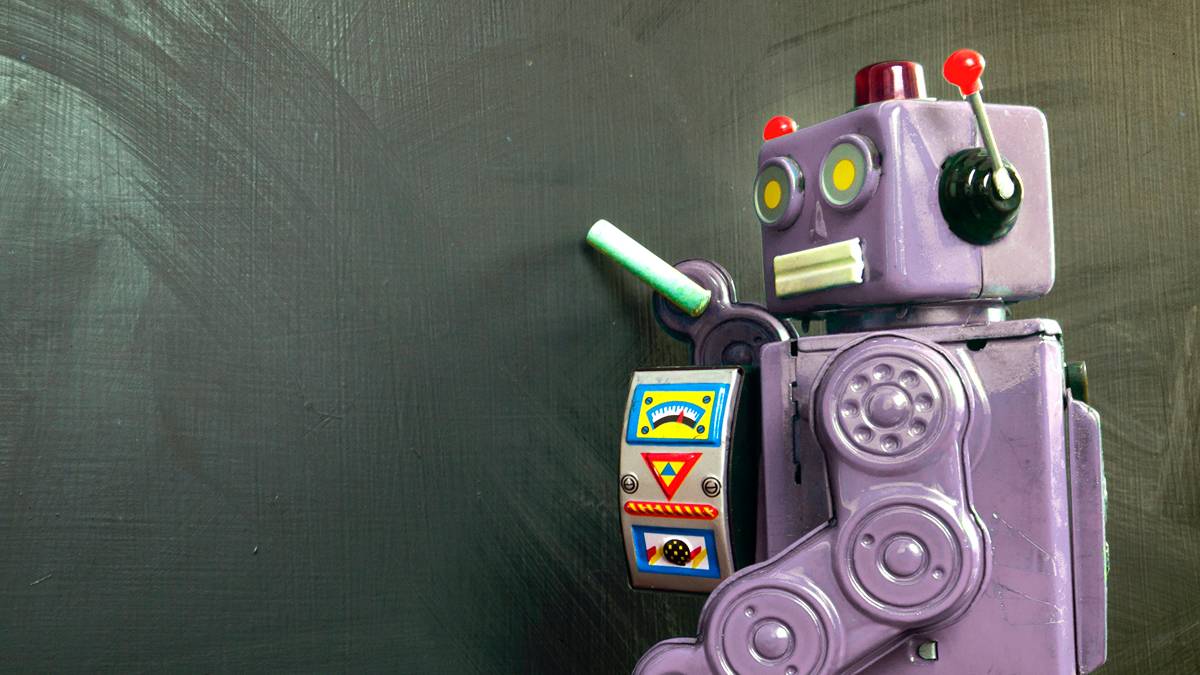Australian school kids falling behind in AI race

Pic via Getty Images
Australia risks leaving a generation of students behind in the artificial intelligence revolution, as many young people admit they lack guidance on using the powerful technology, exposing one of the biggest threats to productivity.
A new study from Amazon Web Services, involving 2000 Australians and businesses, revealed a “critical skills gap” that threatens to derail the nation’s chances of seizing the AI boom.
To counter this threat, AWS has launched an ambitious program with not-for-profit edtech Code for Schools to teach one million primary and secondary students essential AI skills over the next three years, as part of a $20bn investment in Australia’s cloud infrastructure.
The program will also include parents and carers so they are better equipped to guide children in this rapidly changing world, where the pace of technological advancement threatens to widen the gulf between the haves and have-nots for those who are left behind.
AWS managing director for its public sector division in Australia and New Zealand, Louise Stigwood, said one of the biggest “blockers” to productivity was not “democratising technology”.
“We need to make sure that everybody can use the technology in the right way. From AWS’s perspective … we want to make sure that we are part of solving that problem and creating the next Canvas and Atlassians and making sure we’re helping customers solve real-world problems using technology,” Ms Stigwood said.

While there are significant opportunities, those who fail to adapt have been warned they risk unemployment, underlining the need for training. Amazon chief executive Andy Jassy said earlier this year that AI will also eliminate the need for certain white-collar jobs as the company looks to cut its workforce in coming years.
“As we roll out more generative AI and agents, it should change the way our work is done,” Mr Jassy said. “It’s hard to know exactly where this nets out over time, but in the next few years we expect that this will reduce our total corporate workforce.”

Telstra chief executive Vicki Brady said staff at the telco were expected to use AI daily, while Jack Zhang, founder of digital payments company Airwallex said: “If you’re not integrating Al into your daily workflow, you’re putting your role at risk.”
Anita Thompson, parent of a 16-year-old student in Sydney’s Sutherland Shire, was concerned about the future given the speed of technological advancement.
“The pace of AI technology is nothing we’ve seen before. If we don’t embrace it, we risk leaving our children behind, especially as many of them are ready to take that important step into their careers,” she said.
“To help them do that and have the best opportunities possible, we need to be able to educate our children in AI. Our children are growing up in the age of AI, and we need to equip them with the right skills and help them understand early what it means to use AI responsibly and ethically.
“Knowledge like this needs to come from experts and trusted sources, and as part of their learning journey – from our schools, teachers, and family.”

But students say nobody has taught them how to use AI safely. “There isn’t so much guidance on it, but I haven’t really thought about how to use AI or the right way to use it, because they haven’t really taught this in school,” said Shanaya, a student in a southwestern Sydney school.
The AWS study found 39 per cent of Australian businesses lacked relevant skills to adopt AI at scale – a big roadblock to the government’s forecast of the technology creating 200,000 jobs and injecting up to $600bn into the economy by the end of the decade.
The program will cover how to use AI ethically and responsibly, solve problems and be applied to different industries, with exposure to different AI tools.
Code for Schools chief executive Megan Wolf said: “Technology is rapidly outpacing the education system.
“So collaboration with the tech industry is critical to help us develop relevant context and content for our program. Through our partnership with Amazon Web Services we have the opportunity to connect the industry with the classroom, delivering technical expertise and experience directly to students, teachers and parents to help build that fundamental AI and digital literacy within the education community.”
The program is part of AWS’s AI Spring, which aims to accelerate AI adoption across the economy. AWS has also reopened its Generative AI Accelerator program that boasts alumni including Leonardo AI, which developed Australia’s homegrown artificial intelligence model before Canva acquired the company.
This article first appeared in The Australian as AWS launches new program as part of $20bn package to stop Australian students falling behind in the AI race
Related Topics
UNLOCK INSIGHTS
Discover the untold stories of emerging ASX stocks.
Daily news and expert analysis, it's free to subscribe.
By proceeding, you confirm you understand that we handle personal information in accordance with our Privacy Policy.








